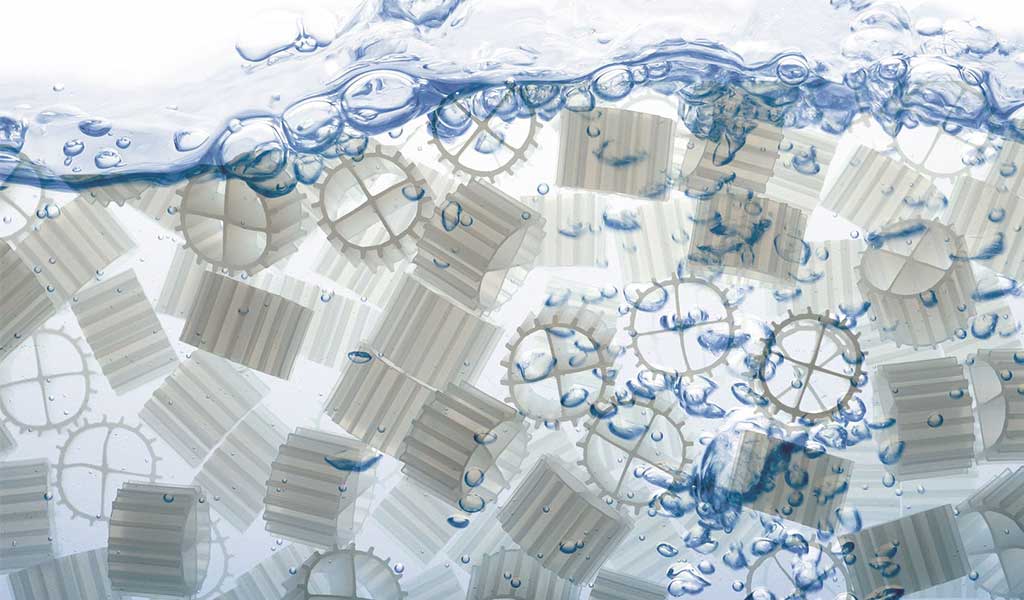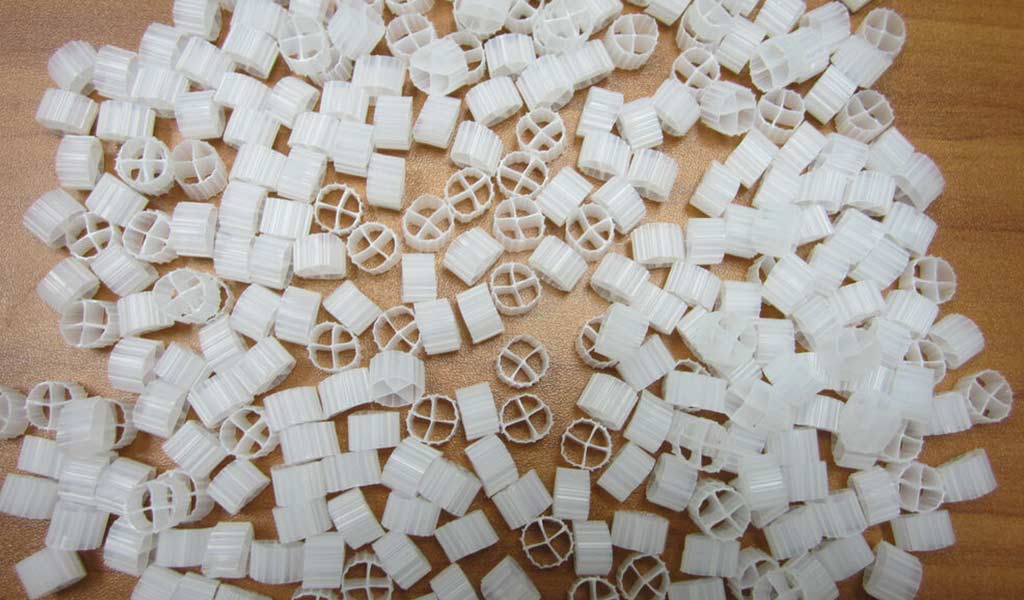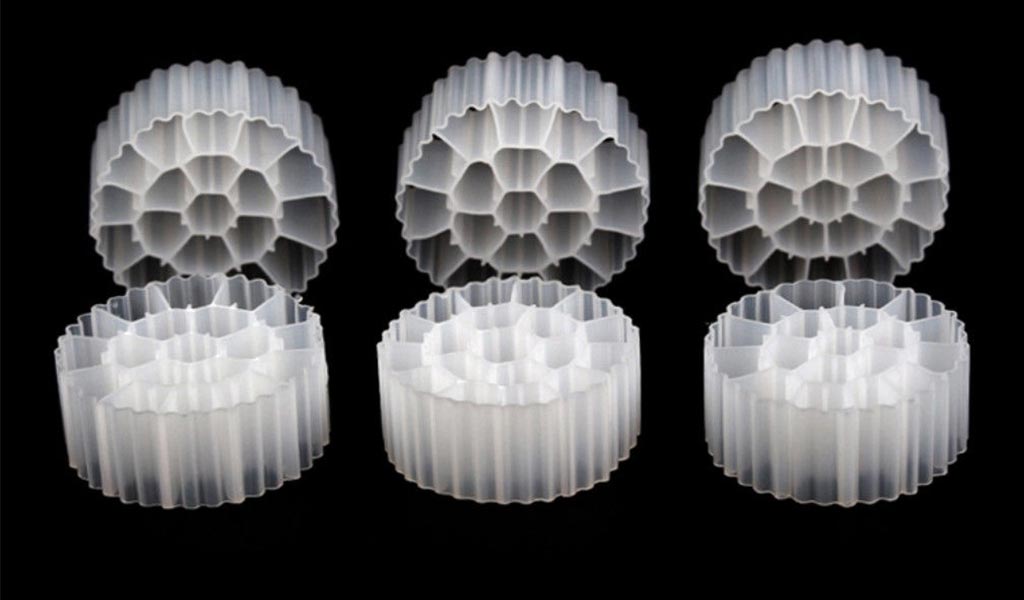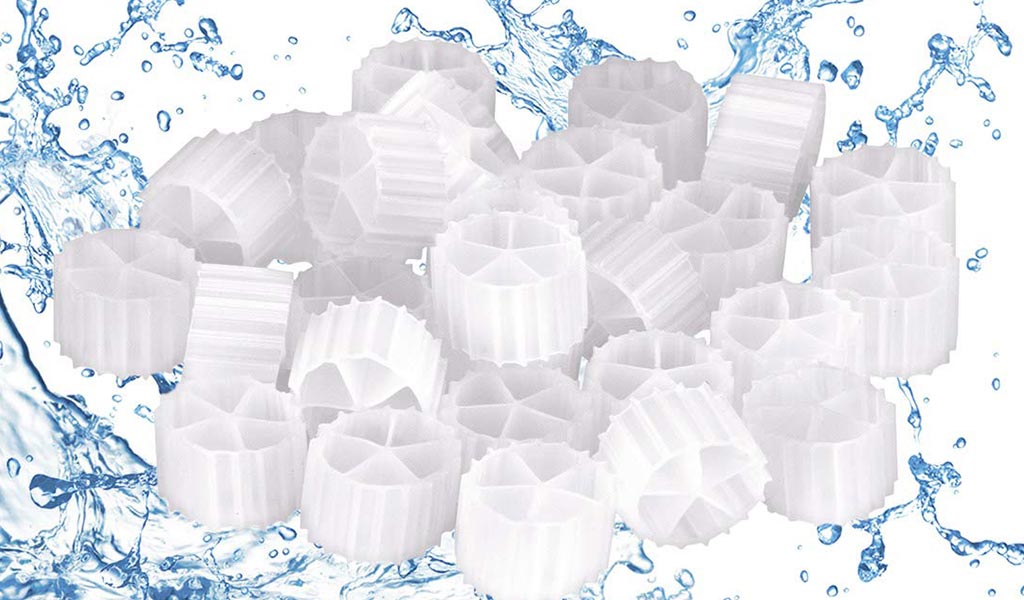What is K1 Filter Media
If you’re considering installing a filtration system for your Koi pond, you’re probably wondering what is K1 filter media. If you’re not sure what it is, this article will provide you with an overview of this essential component of your filtration system.
What is k1 filter media?
K1 filter media contains 900 m2/m3 of surface area. It is housed inside an 11mm x 7mm wheel-like structure that contains four large compartments. The shape is intended to protect the bacteria’s surface area and promote healthy bacterial growth. Once inside the filtration system, this type of filter media works to remove nitrites and ammonia from water. These contaminants are the leading cause of waterborne illness in children and adults. It is made of special micro-sized pieces that have all of the advantages of traditional K1 media, but are extruded in a smaller form. This translates to a greater protected surface area per cubic meter.
K1 media is unique in that it can help bacteria survive. It moves inside the filter, dislodging dead bacteria and making room for younger, heavier-feeding bacteria. Because it is covered, this filtration media offers protection for the colonies while enabling them to follow a natural life cycle. It also provides a good environment for young and mature beneficial bacterial colonies to thrive. You’ll find a greater variety of bacteria in your water, as long as you use a K1 filter.

Micro-filter
K1 Micro is an alternative to traditional bead media. Its unique size is ideal for pond filters and fluidized-moving static bed systems. It offers a large active surface area for bacteria to colonize and remove ammonia and nitrite from the water. Then, you’ll have the peace of mind that bacteria are thriving and removing the harmful compounds in the water.
This type of filter media is available in rolls and can be cut into different sizes. Different media are of different coarseness levels. Premium True Dual Density is thicker than other media and contains two layers – a polymer layer on top and a polyester fiber layer underneath. The polyester fiber layer is ideal for capturing larger particles that would otherwise get trapped by biological filtration.
K1 granular
Another type of bio-filtering media is K1 granular. This kind of granular material has been scientifically proven to reduce nitrate levels. However, it is not as effective as the former. The denitrifying bacteria are only present in areas with low oxygen and within rocks. Thus, even small increases in ammonia in an aquarium can lead to the occurrence of algae.
Fluidized bed media
If you’re looking for a cheaper alternative to K1, try making straw fluidized bed media yourself. All it takes is some patience and a paper cutter. The resulting media should be close to K1 in performance. However, it is important to remember that k1 filter media isn’t a perfect solution for all situations. Nonetheless, you can use straw-fluidized bed media for your filtering needs.
A fluidized bed filter (also known as a suspended-particulate or sand filter) removes certain materials from liquid streams. This media must be level to avoid over-saturation and ensure that the liquid is evenly distributed throughout the bed. KDF 55, 8s, and C media are capable of removing up to 98% of dissolved metals and water-soluble cations. Lead cations are reduced to insoluble lead atoms and electroplated onto the surface of the media.
Bio filter media is another alternative for the pre-treatment of water. This media can convert toxic ammonia into less toxic nitrates and nitrogen gases. They are made of high-grade polypropylene, and they go before chemical and mechanical filtration. They are placed between chemical media and sponges. Once filtered, they’ll settle in the bottom of the aquarium and begin to build up gunk.

Biological filtration effect of k1 filter media on the aquarium
Designed to filter water with high biological efficiency, K1 filter media is an effective addition to any biofilter system. These media can be used in freshwater aquariums, marine aquariums, koi ponds, aquaculture, and hydroponics, among other aquatic environments. Their versatility also makes them a great option for many filtration applications. For koi ponds, they are excellent choices for this media because they are biodegradable.
In addition to their bio-filtration benefits, the bio-home media is an excellent choice for larger aquariums and controls nitrite and ammonia levels in the aquarium. However, it is important to understand that bio-media are living creatures, and if they are not cleaned properly, they can die. It is best to use tank water when cleaning bio-media, rather than tap water, which often contains chlorine, which can kill beneficial bacteria.
The nitrifying bacteria found in K1 filter media work to break down ammonia to nitrite. These bacteria live in the water, where they consume the nitrite in the water. In addition to nitrite, k1 filter media also aids the biological filtration process by reducing nitrate levels. A small amount of ammoniacal nitrogen can cause the nitrification process to fail, resulting in high nitrite levels in the aquarium. This is why it is important to change aquarium water regularly.
The advantages of using bio-filter media are numerous. They not only produce fresher water but also foster the growth of beneficial bacteria. The bacteria feed on the waste matter and oxygen in the water. Moreover, they need a large amount of surface area to grow. If particulate matter prevents the growth of beneficial bacteria, the bio-filter will need to be replaced with mechanical media.
Live filters can also act as organic waste producers. Some of them precipitate iron and phosphorus in the water. But beware: Live filters are not for everyone. They are not for germophobes. So, if you’re not sure about it, you can try using a bio-ball.

K1 media on the growth of beneficial bacteria
If you’re looking for a convenient, effective water treatment solution, you should consider the use of bio media. Unlike traditional media, K1 media has a large surface area and four large compartments, enabling it to protect bacteria and promote their growth. The media is placed in a filtration system and removes nitrite and ammonia from water. K1 media is not expensive, but its maintenance and care are minimal.
Maintain a healthy environment in a fish tank
Aquarium bio-filter media is a great way to maintain a healthy environment in your fish tank. It consists of 10 x 7 mm diameter nano balls that are made of ceramic forged at a high temperature. Because of their pore structure, these balls have a perfect surface area for bacteria to thrive. They also reduce ammonia and nitrites, foul odor, and different kinds of blemishes. In addition, they help produce clear water.
It is a great choice for mechanical and biological filtration. It is made from premium ceramic bio media blocks covered with thousands of tiny holes. This media not only filters the water to clear and sparkling clarity, but it also absorbs debris and fish waste. The media can be cracked to fit any aquarium size. However, it is not recommended for saltwater aquariums.
Hygger offers two bio-filter media options. Besides K1 bio media, ceramic bio bricks are also great for both indoor and outdoor aquariums. The ceramic material is reusable and will last for three years or more with proper care. You can replace these bio-bricks once a year. The bio-bricks weigh 4.4 lbs and can be used for a 45-75 gallon aquarium.
Most aquarium bio filter media require some preparation and it is reusability. However, once installed, the filter media will keep your pond clean and safe for fish and other living creatures for months to come. Its porous surface will filter debris and solid particles and cultivate beneficial bacteria colonies. Its cost is less than other filter media. And it can save you a lot of money.
Unlike bio-balls, it doesn’t deteriorate over time. Bio-balls are more durable and last longer than ceramic pellets.
Moving Filter Media
In addition to removing the unwanted elements, it provides a breeding ground for beneficial bacteria. These bacteria transform the water in your aquarium, removing nitrates and ammonia. While bacteria aren’t a desirable element, they are very helpful in keeping the water in your aquarium healthy. They work to break down the bad elements in water, such as fish waste and uneaten food particles. By removing these elements, the water stays clean and healthy.
The ceramic ring filter is a good choice for large fish tanks. It features a large pore area, allowing water to pass freely through it. This means that the bio ring filter will capture microscopic waste and make it clear. Bio ring filters are also good for the environment in your aquarium. These products can be recharged with clean water after cleaning. They also help maintain the ecosystem’s balance by fostering beneficial bacteria and other harmful particles.
There are many advantages to biological filter media. Among them are fewer chemicals and higher water quality. The best thing about biofilter media is that they are extremely easy to install. If you already have a mechanical filter, you can simply insert the bio-media filter in it. This will save you money and hassle. Biological filter media is an ideal choice for fish owners who want to use their existing filter. You’ll find that Hygger bio-filter media is an excellent choice.
Unlike traditional filters, biofilter media has an improved surface area, which attracts more nitrifying bacteria. This means that your tank will be cleaner, and you won’t have to worry about dangerous spikes in ammonia and nitrate. It is important to clean this product thoroughly before using it since it can contain dust and shells from different materials.

K1 media on water quality
If you have been thinking about investing in a water purification system, you may be wondering how K1 filter media will affect your water. These media are contained within a wheel-like structure made of 11mm x 7mm plastic. The large compartments of the K1 media promote the growth of healthy bacteria on the surface of the filter. The media is then placed inside your water filtration system.
While K1 is primarily found in leafy green vegetables, it is also present in some animal products and fermented foods. When used in an aquarium, K1 is more effectively absorbed by the body because it contains a protective surface. K1 also provides a habitat for young and mature beneficial bacterial colonies. The media is ideal for purification because it can remove excess ammonia, nitrate, and other harmful pollutants.
The effectiveness of a biological filter depends on two main factors: the cross-sectional area (or CSA), and the hydraulic loading rate, which is the amount of water moved through the biofilter per unit of cross-sectional area. As a result, the media should be able to remove TANs in water at a high rate. In the end, this will provide cleaner water for your fish.
Biological and mechanical filtration are essential for the effective treatment of water. It is important to know that biological filtration should be combined with mechanical filtration for the most effective results. Combined mechanical and biological filtration are the bare minimum requirements for effective water treatment. However, the use of both types of media is highly recommended for any home water purification system. If you are thinking about purchasing a K1 filter for your home, it is important to choose a model that provides a full range of filtration.
Some new biofilter media are slow to colonize, while others are very fast. This may be due to excessive agitation, which scrapes the bacteria off the surface. The best bio-media should support a healthy colony of beneficial bacteria. The more bacteria the biofilter supports, the better it will work in removing harmful compounds. If your media has a high bacterial count, you will experience a faster filtration time.
Cultured nitrifying bacteria are available for freshwater and marine applications. They can be found as dry powders or as a concentrated liquid suspension. Cultured bacteria may also be shipped with inorganic chemicals. If you purchase them, you can cut down the time required for them to establish their biofilter. This makes the whole process more efficient and cost-effective. So, what are you waiting for? Get your filter media and start enjoying the water today!
